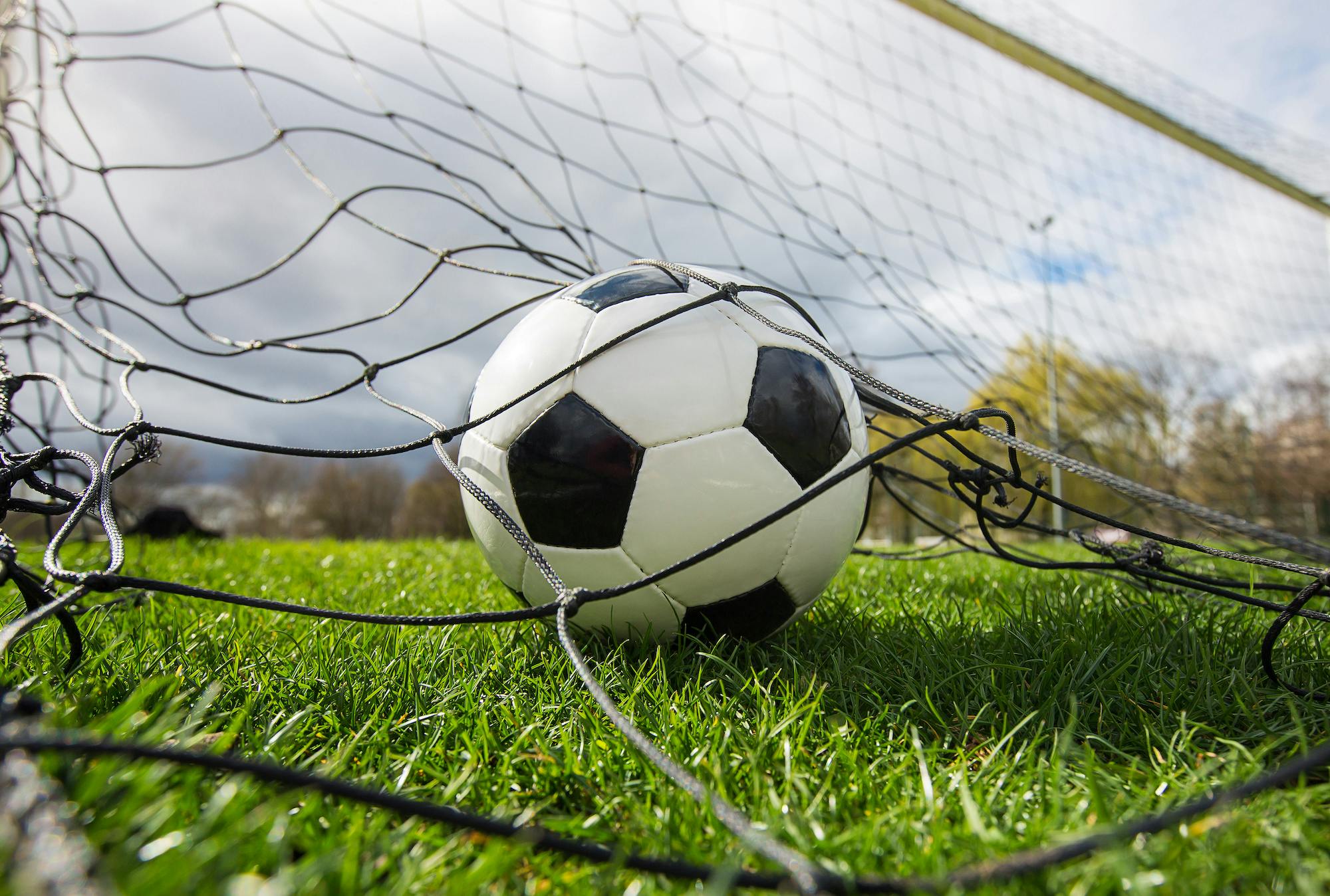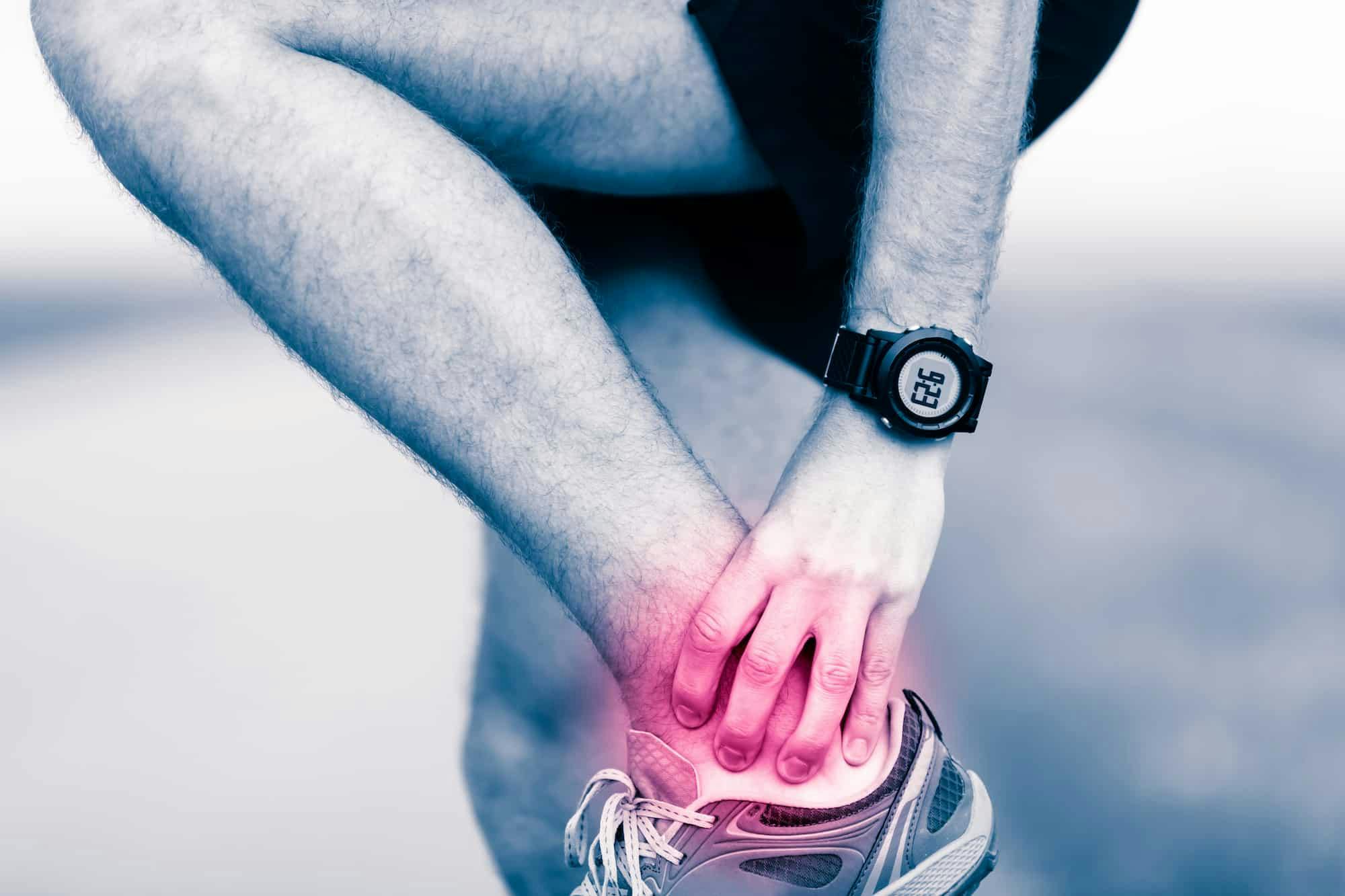- Blog
Returning to Fall Sports
Posted on 12-23-2025 in Hand, Elbow & Wrist by Dr. Steven Kronlage

Posted on 12-23-2025 in Hand, Elbow & Wrist by Dr. Steven Kronlage
Were you motivated to return to participating in sports activities by the “trickle-down effect” of watching the Olympic games? Watching elite athletes participate in traditional events like running or swimming inspires many to get back on the track or in the pool. This year, the Tokyo games also featured five new sports: baseball/softball, karate, skateboarding, sports climbing, and surfing. Perhaps watching one of the 18 new events featuring 474 new athletes encouraged you to take your old skateboard for a spin around the block or drop your board in the water and paddle out.
In addition to the Olympics, fall sports like soccer and football are underway here in Northwest Florida and across the country. Whether you are participating in a recreational league or your child is resuming play on an extracurricular high school team, it is crucial to recognize that soft-tissue injuries often go hand-in-hand with a quick return to sports. Typically, they are categorized as either an acute injury or an overuse injury.
Give us a call today at 850.807.4200 or schedule an appointment online.

May is Arthritis Awareness Month, an opportunity to increase public understanding of arthritis and its impact on millions of lives. Established by the Arthritis Foundation, this national observance highlights the importance of early diagnosis, effective treatment, and ongoing research to improve the quality of life for those with arthritis.

With summer in full swing and children taking advantage of more time to participate in sports-related or other outdoor activities, it’s essential to be mindful of injury prevention while encouraging their interest in activities that don’t involve screen time!

May is National Arthritis Awareness Month, and of the more than 100 forms of this painful condition, many can affect the ankle. In fact, almost half of people in their 60s and 70s have arthritis of the foot and/or ankle, but not all of them have symptoms.